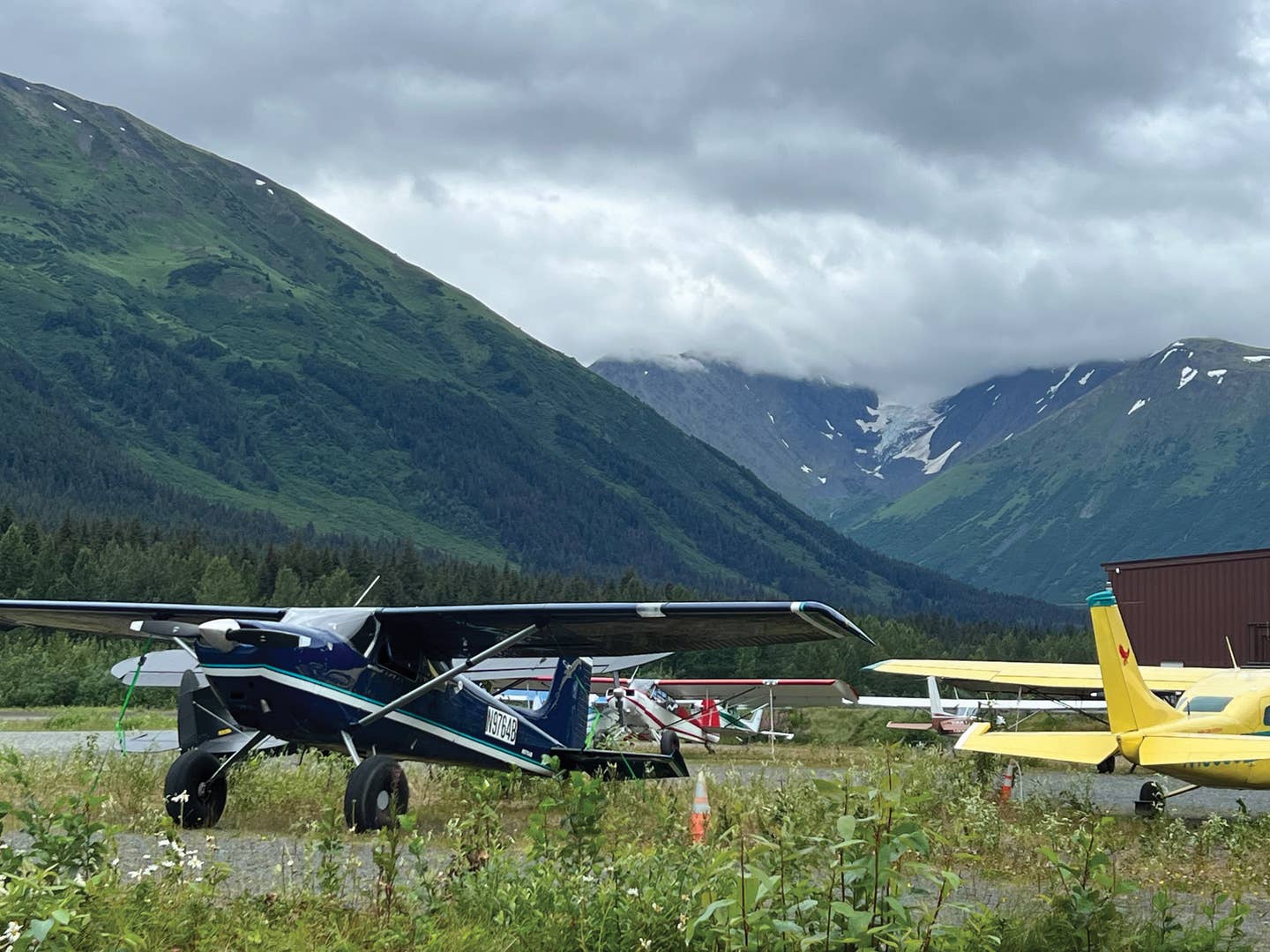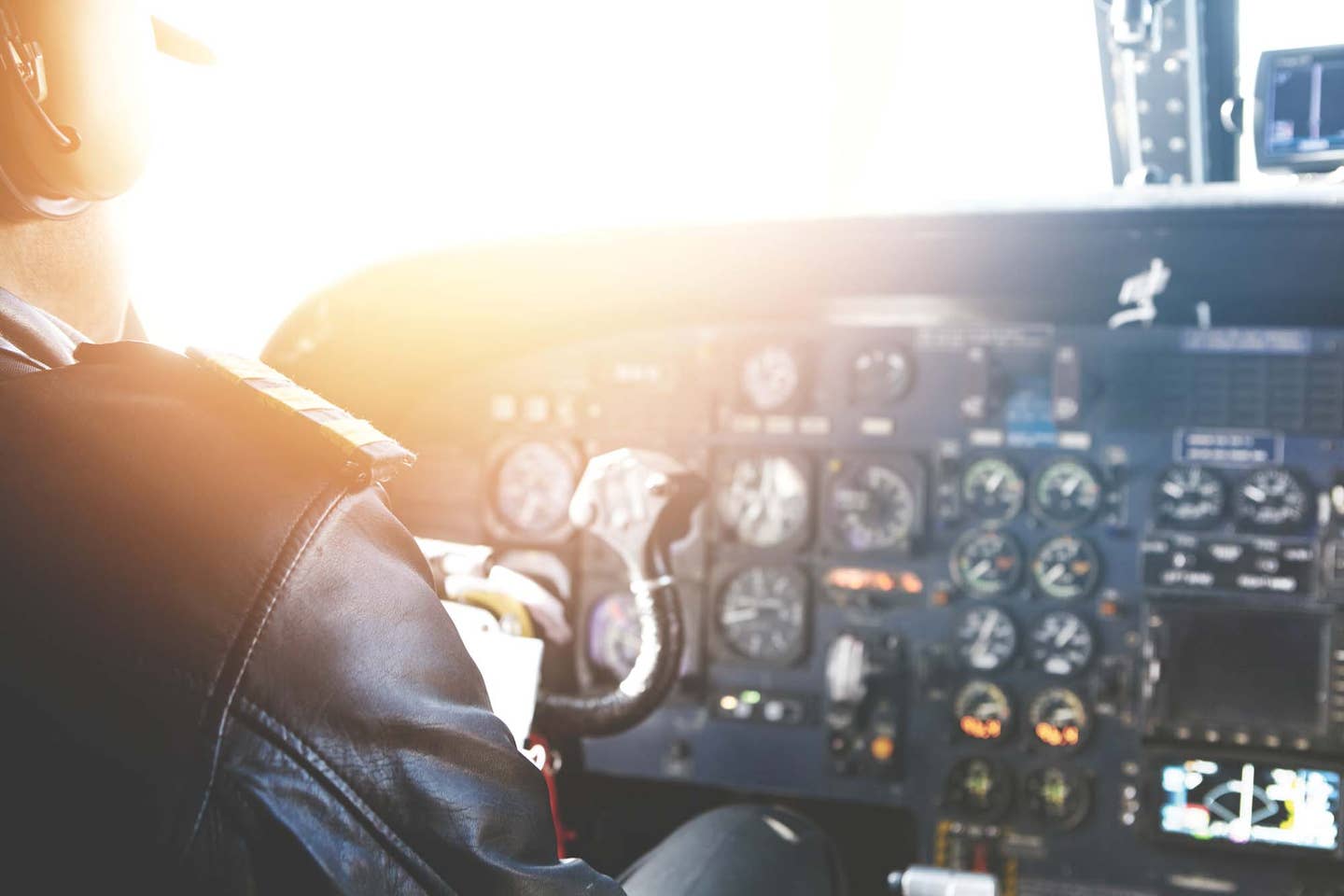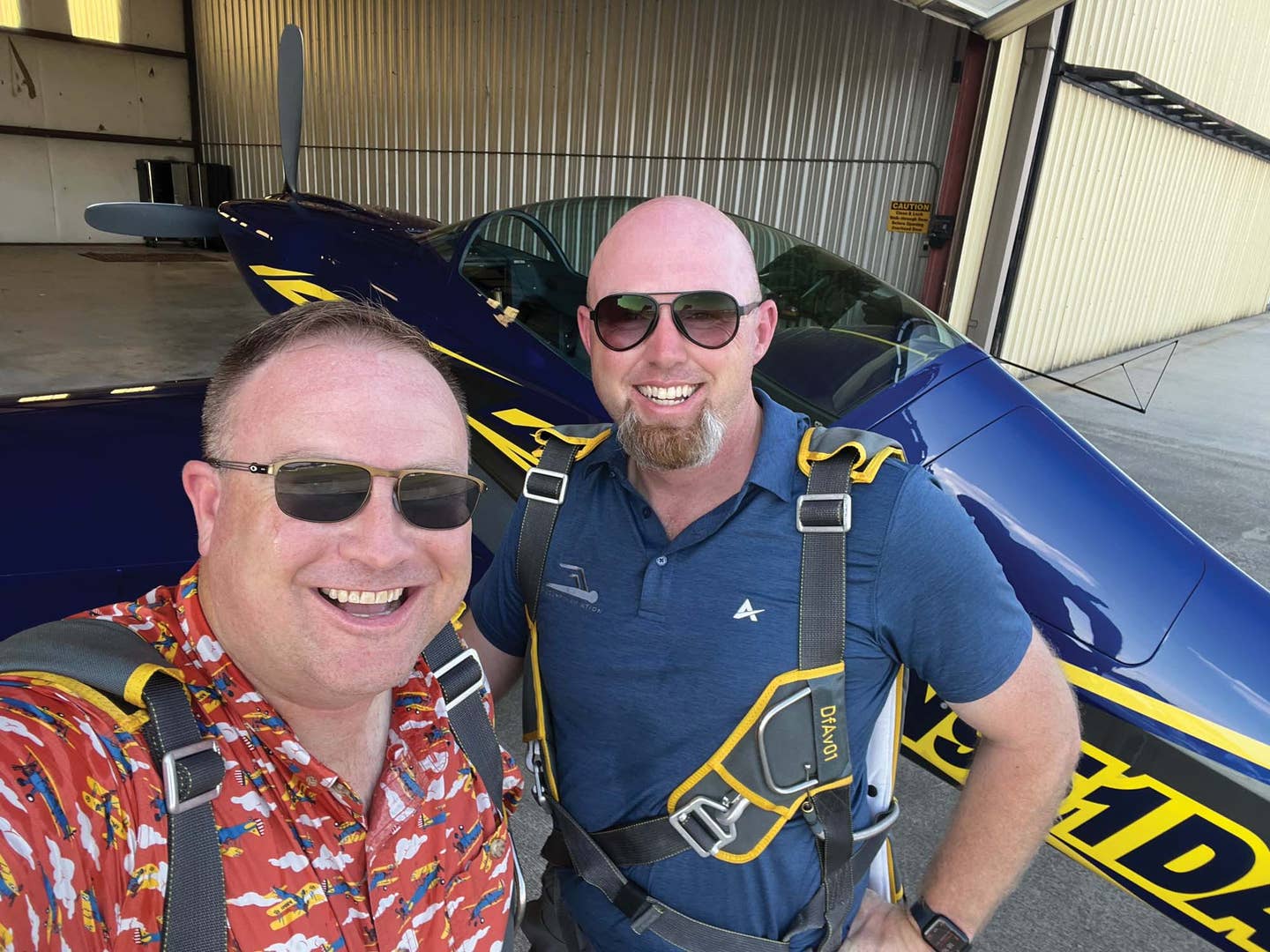PIPER “CHEROKEE”/”CRUISER”/”CADET”/”WARRIOR”
1964’Present
 Piper Cherokee Cruiser |  Piper Warrior II |
| STANDARD DATA: (Warrior) Seats 2. Gross wt. 2,325. Empty wt. 1,342. Fuel capacity 50. Engine 160-hp Lycoming. PERFORMANCE: Top mph 146. Cruise mph 141. Stall mph 58. Initial climb rate 710. Ceiling 13,000. Range 730. Takeoff distance (50') 1,490. Landing distance (50') 1,115. STANDARD DATA: (140) Seats 2. Gross wt. 1,950. Empty wt. 1,180. Fuel capacity 36-50. Engine 140-hp Lycoming. | STANDARD DATA: Warrior (PA-160) Seats 4. Gross wt. 2,200. Empty wt. 1,215. Fuel capacity 36-50. Engine 160-hp Lycoming. PERFORMANCE: Top mph 146. Cruise mph 137. Stall mph 55. Initial climb rate 730. Ceiling 15,800. Range 545-735. Takeoff distance (50') 1,660. Landing distance (50') 1,090. STANDARD DATA: Warrior (PA-28-161) Seats 4. Gross wt. 2,440. Empty wt. 1,348. Fuel capacity 50. Engine 160-hp Lycoming 0-320D3G. |
The Cherokee 140 was introduced in 1964 to meet the demand for an efficient low-wing trainer. Initially powered by a 140-hp Lycoming engine, the smallest Cherokee graduated to 150 hp in 1966, and an optional two-passenger rear seat was also made available. Licensed in the utility category, Piper's learn-to-fly airplane is also approved for aerobatic maneuvers such as lazy eights, chandelles, steep turns, and spins when operating below 1,950 pounds gross weight. When trimmed properly, the Cherokee is a very stable airplane and can be flown with aileron control alone.
The plane was sold in three versions: the Cherokee 140D, the Custom Cherokee 140D, and the Executive Cherokee 140D. The versions differed in the amount of optional equipment added. The 1973 models of the 140 were called the Cruiser and the Flite Liner, the latter being the trainer version. In 1975, the names were again changed. The Cruiser became the trainer version and the Warrior is the spacious sportster. The Warrior differs from the trainer by having a longer range, higher gross weight, longer wingspan, and more room. Because the same engine is used, the Warrior's performance suffers a little by comparison.
Mechanically, the Cruiser has changed little from 1976; however, 1977 refinements include new easy-to- close doors, a one-piece stabilator, and a sophisticated power console with a T-shaped throttle. In 1978, the Warrior flew almost seven mph faster as a result of overall drag reductions, a refined powerplant, and new high-performance speed fairings for the gear. An additional benefit is an increase in range by five percent.
By 1979, the Cruiser was discontinued as Piper's trainer airplane, replaced by the T-tail Tomahawk. Virtually unchanged, the Warrior continued as the airplane with the greatest useful load and lowest base price in its class. The Warrior boasts 983 pounds of useful load. As for fuel economy, the Warrior's 160-hp Lycoming sips only 6.6 gph at 55% power. When set up for best economy at 75% power, the four-seater can cover 679 miles with a 45-minute reserve.
In 1977, Piper replaced its ’Hershey Bar Wing' with a new semi-tapered design that added speed and performance to the Warrior II. The new airplane was the PA-28-161. With an almost simultaneous introduction of the two-seat Tomahawk trainer, the Warrior became Piper's entry level four-seater. But when Piper ran into hard times in the early 1990s, the PA-38 was discontinued, and the Warrior II and a stripped-down trainer version, the Cadet, were being sold. The Cadet is essentially the same aircraft minus the creature comforts and two seats. With a standard useful load of 1,099 pounds, the Warrior II continues to be a rugged sportplane capable of carrying four 180-pound adults and 80 pounds of baggage. As a trainer, the Cadet sold for around $100,000 in early 1995, and well-appointed versions of the Warrior II started at around $130,000.
Today New Piper Aircraft offers the Warrior III, still with its PA-28-161 heritage, enhanced interiors and state-of-the-art avionics.

Subscribe to Our Newsletter
Get the latest Plane & Pilot Magazine stories delivered directly to your inbox






